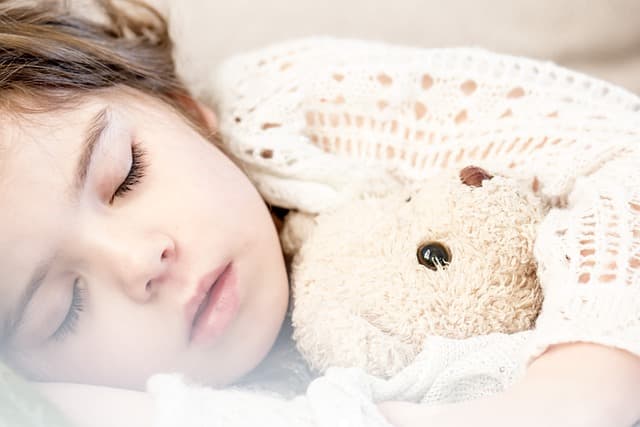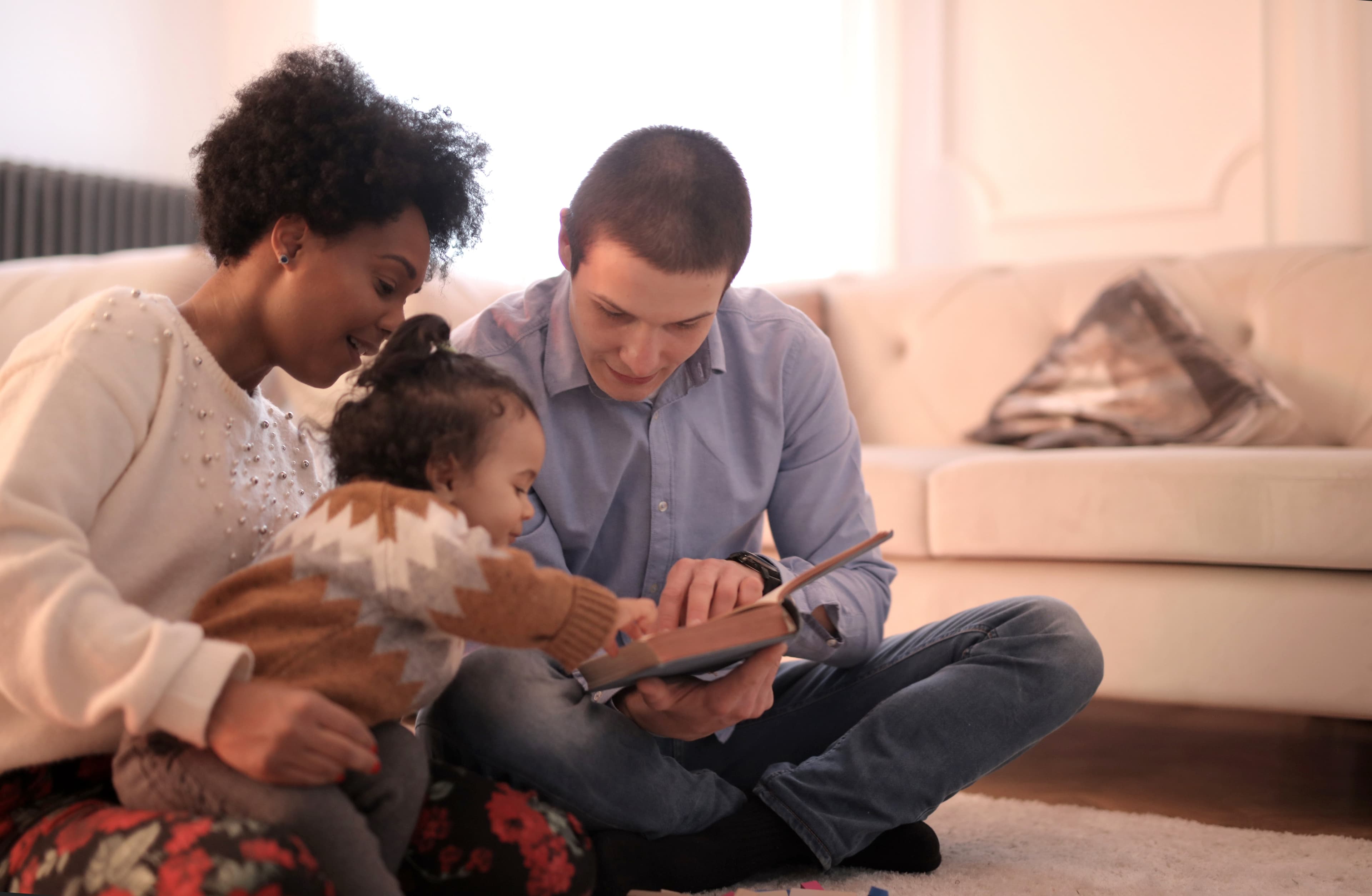When to Switch From Crib to Bed
Choosing the right mattress is important for your child's proper growth and development. The transition to a toddler bed is not only a huge change for your little ones. It can also be a big emotional hurdle for you as parents. It signifies your baby is growing up, but their sleep needs are changing, and making timely transitions is necessary.
Transitioning to the big kid bed should be a time of celebration, not frustration. Use these tips for a smooth, painless changeover—not just for toddlers, but for every stage of your child's young life.
Crib to toddler bed: When and why
Signs it’s time to move from a crib to a toddler bed (+ tips to make it painless!)
Sign 1: Climbing out of the crib (safety concern). From the moment they start to crawl, kids have an active curiosity that results in pulling the cat's tail and creating messes wherever they go. And toddlers are also little escape artists. It’s normal for your baby to attempt to crawl out of their crib, driven by their curious mind and penitent for trouble. It’s even normal for them to practice hiking a leg over the crib rail.
But the second your child successfully climbs out of their crib, it’s time to consider a toddler bed. Your child is essentially a human bouncy ball, so while they may involve a lot of tears, most falls from a crib aren't serious. Still, falling from a crib can mean a drop of over four feet. That’s pretty far for a young child and can result in serious injury. Just like they outgrew their sleep sack, they've outgrown their crib.
Sign 2: Outgrowing the crib’s size limits. When it comes to toddler developmental milestones, safety is key, and switching to a toddler bed may be a physical necessity. The American Academy of Pediatrics ( AAP ) recommends transitioning your child to a different bed when they reach 35 inches in height. Or when the crib rail height is around three-quarters of their total height.
Toddlers of this size may want to stay in their bed, but they can still easily “hop the fence,” so to speak. Parents must monitor their children’s growth and ensure they move to a bed as soon as they reach 35 inches in height.
Sign 3: Potty training—easier nighttime access. Most potty training involves adult prompting and rewarding when toddlers use the big kid toilet. Eventually, your child can sense when they need to use the bathroom and take the initiative to use it themselves. To make the entire training process easier, it's helpful if they have uninhibited access to their potty training chair. This access requires a toddler bed, usually a mere two feet from the ground and ungated, allowing the child to access the bathroom promptly.
Sign 4: They’re emotionally ready. Once your child has developed the ability to self-soothe and fall asleep without creating a giant mess in their room? They’re ready for a toddler bed. This readiness typically means you've completed back-to-sleep training and given proper corrections/encouragement to follow house rules. Like not chucking toys at the wall when they're bored, for example.
Checked all those boxes? Nice work! You've properly prepared your little one, and it's time to move to a toddler bed.
Choosing the right toddler bed and mattress
If your child’s crib mattress is still in good shape, you can reuse it in their toddler bed if it fits the frame (most do). Some cribs also convert into toddler beds, making the transition even smoother. Your child won't have to "lose" their bed, which can be a big deal for many little ones. They see their crib as their safe space where they can decompress and be in control.
This control is especially true if a new baby is about to enter the home, who could "take" their crib. Most toddlers do not like sharing and may struggle to adjust once the baby arrives—picture meltdowns of epic proportions.
A converting bed is a possible solution. It allows toddlers to retain their frame and mattress—they only need to transition to a lower setting and lose a railing or two. This refabrication should also make the bedtime routine post-transition much, much easier. Consider purchasing a mattress protector to prevent accidents from ruining the mattress, especially if you’re still working on potty training.

Toddler bed to kids mattress: When and why to upgrade
Signs it’s time for a bigger bed
Sign 1: Expressing a desire for a “big kid” bed. After a toddler bed transition, the next sleep change in your child's life is moving into a “big kid” bed. You may start to hear requests and questions about when they can move out of their “baby bed.” This line of questioning is especially true for younger siblings who want to be just as grown up as their older sibling(s).
Sign 2: Outgrowing the toddler mattress (legs hanging off, rolling out). Now, just because a child is asking for a big kid bed doesn't mean they're necessarily ready. Ask yourself: Do you hear frequent thuds when your child rolls out of bed? Do you check on them at night and see their legs dangling off the mattress? If so, they may have outgrown their mattress, and it's time for a new bed.
Sign 3: Needing more space for comfort (especially active sleepers). Your child may not be physically too big for their toddler bed, like in the situation above. But they may be an active sleeper who needs more space. If they seem to require a bigger bed, then it’s time for a kid’s mattress.
Choosing the right mattress for young kids
Your growing child absolutely requires a mattress with the proper support and comfort. At their age, more options become available, which can be overwhelming for parents. The main choices you’ll need to make are between twin and full size, as well as memory foam and hybrid.
A Twin mattress is a good choice for smaller bedrooms, but they might outgrow it again before you know it. Outgrowing a mattress may be hard to imagine. But you might have a six-foot-tall teenager in your house one day, and watching them squeeze onto a twin is comical. They’ll likely get a few more years of use out of a Full. But it may not fit well in a small nursery that still needs to store toys and provide room to play.
A memory foam mattress is responsive foam that contours to the body. While a hybrid mattress combines memory foam with coils for additional bounce and support. The choice is more a matter of personal preference, though children may prefer the snuggling comfort of memory foam.
A medium-firm memory foam mattress will also provide the spinal support needed for growing kids. The Leesa Kids Mattress (built for ages 4+) supports your child's development with non-toxic, CertiPUR-US® certified memory foam for a safer, healthier sleep environment.
Kids mattress to youth mattress: When to upgrade again
Signs your child has outgrown their mattress
Sign 1: Reached age 8–10 (depending on size and comfort needs). A child's room is an evolving space. One minute, it's all make-believe and truck noises—the next, it's about comic books and pop stars. Just as their interests change, so should their mattress. Around fourth or fifth grade (ages 8-10), they'll need to upgrade to a youth mattress if they don't already have one. At this age, they're about to grow significantly.
Sign 2: Growth spurts = need for better support. Kids don't necessarily hit their growth spurt at 8-10. Girls tend to hit their rapid growing spurt around 6-12 months before their first menstrual cycle starts. Boys hit theirs about two years after girls. With a growth spurt may come the need for better support and more space to stretch out.
Sign 3: Complaints of discomfort, tossing, and turning. Has your child been around the same height for a while, but they're complaining about discomfort at night? The problem may lie with their mattress. Kids' mattresses often take a beating. Beds are part of kids' play space, and there’s a good chance they jump on the bed when you’re not looking. Replacing a worn-down kids' mattress is a must when they start hitting the preteen years.
Best mattress options for preteens
Preteens’ growing bodies need better spinal alignment, pressure relief, and usually more space. Depending on their height, weight, and sleep preferences, they might need anything from a twin to a queen. If your child is exceptionally tall or stocky, you might consider skipping the youth bed altogether and going straight to an adult mattress. This will help ensure their still-growing body has enough support.
The Leesa's Youth Mattress (ages 8+) comes in a range of sizes and is available in regular and natural options. This mattress is perfect for kids who aren't quite ready for an adult mattress but need more support and space than a kids' mattress.
Youth mattress to adult mattress: The final transition
When should kids move to an adult mattress?
Kids usually transition to an adult mattress between 12 and 14, depending on size and sleep needs. This change is a tough pill to swallow for parents, but these are the signs it's finally time:
Complaints of feeling cramped or unsupported
Teen is approaching adult height/weight
Need for a mattress that will last into adulthood
Best mattress options for teens and young adults
At this point, the biggest factor when choosing a mattress is personal preference. So let your teen take the lead and choose a mattress that suits their sleep style and support needs. While providing responsible adult guidance, of course!.
Do they tend to sleep hot? Look for hybrid options for extra cooling features, like the Leesa Studio Chill.
Got a linebacker on your hands? The Leesa Plus Hybrid has optimal support for bigger bodies.
Live an all-natural lifestyle? The Leesa Natural Hybrid delivers superior comfort—naturally.
Can you skip from toddler bed to an adult mattress?
Some parents transition their toddler to a bed that will work for them all the way into their early teens or even beyond. But the downside is that they’re not getting the tailored support they need at every life stage.
Kids probably aren’t dealing with ongoing back problems or lingering shoulder pain like their parents. But their mattress must be appropriate for their weight and size. For example, an average-sized seven-year-old likely won’t weigh enough for an adult mattress to support them correctly. They’ll just be lying on top of it, rather than sinking in.
Some children also find it hard to sleep on a mattress that is too big. After all, a mattress that’s 5x your size just doesn’t scream snuggly and cozy.
Leesa’s mattresses include a full range of options that evolve with your child. And every premier mattress still provides plenty of room for their treasured stuffed animal. After all, your kiddo isn’t grown yet, but as they’re growing up, they need a sleep solution that works for them.
Make a smooth transition for better sleep with Leesa
Leesa’s mattresses support every stage of growth, from crib to adulthood. This makes it easy for parents to choose a high-quality mattress that keeps their child sleeping comfortably and peacefully all night long.
Following your child’s natural development and growth is the most important step. When your child is ready to move up, explore Leesa’s mattress options. You can’t stop your little one from growing up, but you can give them the best sleep environment at every stage.



